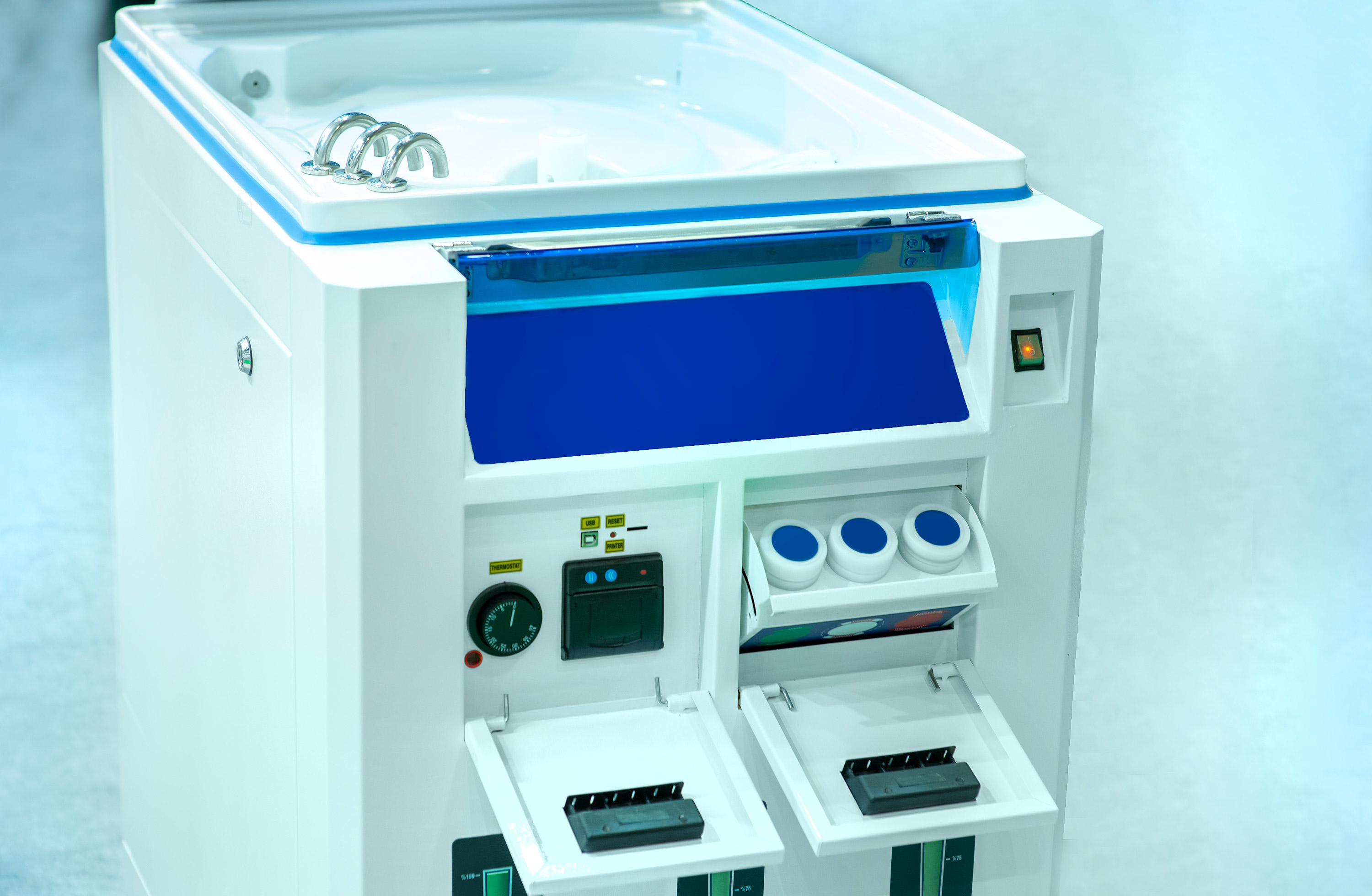
Endoscope reprocessing comes with a complicated set of instructions, ranging from 50 to 100 steps.
Typically, the process takes 76 minutes of hands-on staff time to complete – that is, if all directions are followed and staff and equipment resources are readily available when the endoscopic procedure is done.
But, if endoscopes are left idle too long between the pre-clean at the bedside and the manual clean, some society and manufacturer cleaning guidelines call for a process known as delayed reprocessing to ensure adequate removal of contaminants.
Delayed reprocessing involves an extended soak of the endoscope to allow for particles and contaminants to loosen prior to manual cleaning. If endoscopes sit for too long with bioburden on them, contaminants may dry and harden, and be more difficult to remove during the manual clean.
The manual clean is considered reprocessing’s most important step. High-level disinfection or liquid chemical sterilization will not work if a scope is not probably cleaned beforehand.
The maximum amount of time that should lapse between the pre-clean and manual clean is 60 minutes, according to endoscope manufacturers. Should delays between pre-clean and manual clean last longer than one hour, the endoscope should be soaked in a detergent solution prior to resuming the reprocessing procedure.
One endoscope manufacturer recommends 60 minutes as the maximum time lapse between the pre-clean and manual clean. Should delays occur, there is increased risk of biofilm growth, which compromises patient safety.
The 60-minute timer should begin as soon as pre-cleaning begins, which ideally is as soon as the scope is removed from the patient.
The Association of periOperative Registered Nurses endoscope reprocessing guidelines state endoscopes should not be submerged in enzymatic cleaning solutions any time longer than suggested by instructions for use (IFUs).
A 2015 review concluded that leak testing should be performed prior to the extended soak period, to prevent inadvertent moisture damage. The extended soak should also not exceed 10 hours, according to the study.
The article, “Endoscope Reprocessing: Update on Controversial Issues,” found that reprocessing delays often occur in emergency scenarios, when endoscopies are performed after hours and scopes are thus left overnight or through the weekend without cleaning.
“Even if endoscope reprocessing is delayed, pre-cleaning should always be performed at the bedside immediately after use according to current standards of practice,” the authors write.
Inadequate reprocessing has been linked to several disease outbreaks, including some involving multidrug-resistant bacteria. Research has shown problems may occur if reprocessing personnel skip necessary steps, if reprocessing equipment is itself contaminated, and if all steps are not followed correctly.
Not all manufacturer instructions for use or society guidelines include the delayed reprocessing safeguard to make up for potential time lapses between the pre-clean and manual clean.
Reprocessing protocols for flexible endoscopes have been under increased scrutiny since media reports of endoscope-associated infections sparked a congressional investigation in 2015. Due to the unique challenges in reprocessing duodenoscopes – a type of flexible endoscope with an elevator mechanism – the U.S. Food and Drug Administration has recently approved the use of duodenoscopes with disposable endcaps as well as fully disposable models.
Single-use endoscopes are designed to be used and discarded and do not require reprocessing. There are two single-use duodenoscopes (from Ambu and Boston Scientific) and multiple models of single-use bronchoscopes and cystoscopes on the market. Ambu has announced plans to launch a single-use colonoscope and single-use gastroscope in 2021.


